The origins of the Pop Art movement can be traced back to the socio-economic turbulence and dynamic cultural changes of the 1950s and 1960s, predominantly in the United States and the United Kingdom. Fertilized by a climate of post-war consumer boom, popular culture took on new dimensions, profoundly influencing the artistic landscape. This essay unravels the roots and influences that coalesced to give birth to this powerful form of expression, highlighting key milestones, influencers and momentous events. Meticulous exploration of major figures and works of the Pop Art Movement will reveal the invaluable contributions of celebrated artists such as Andy Warhol, Roy Lichtenstein and Jasper Johns. Furthermore, a detailed analysis of their iconic works will serve to elucidate their unique style and lasting impact on the art world.
Origins and Influences in the Pop Art Movement
The Unveiling of Pop Art: Prepossessing Narratives that Ignited a Movement
Pop art – a term filled with colour, flamboyance, and creativity – overflowed the mid-to-late 20th century. The public, ever eager for a novel approach to artistic expression, witnessed the emergence of this vibrant movement, its narrative rooted in consumer culture and laced with irony. This innovative expression transformed conventional thinking about art, blurring the line between high culture and popular culture.
One of the compelling narratives behind the emergence of pop art was the increasing dominance of consumerism in society. The post-War period saw an enormous growth in consumption rates in the Western world. As new gadgets and consumer goods flooded the market, they became symbols of a prosperous society, influencing numerous aspects of everyday life. These omnipresent, yet often overlooked, items started revealing themselves in innovative art expressions, giving birth to the pop art movement.
Just as captivating is the narrative of pop art as a mirror reflecting society’s obsessions. Interlacing imagery from popular culture – from mundane soup cans to renowned celebrities – pop art dissected the impact of mass-produced culture, displaying it in an audacious, whimsical fashion. Filtered through the lens of dissent and critique, artists like Andy Warhol and Roy Lichtenstein merged commodification, celebrity culture, and advertising, asserting both critique and captivation at their ubiquity.
Contrasting the strict traditions of fine art, pop art’s narrative is rooted in a deliberate embrace of the banal and the kitsch. By incorporating everyday objects into its fold, pop art challenged prevailing perceptions, daring to suggest that a bottle of cola or comic book strip held as much significance as classical works of art. The elevation of everyday elements offered a fresh, more accessible perspective, positioning art within reach of the common people, rather than confining it to the elite stratospheres.
Another captivating narrative is the shift from the emotional intensity of abstract expressionism towards a more accessible, understandable art form. Pop art sought to simplify and clarify, replacing hazy, emotional abstraction with clear, recognisable images. This new visual language, relatable and rooted in popular culture, resonated with a broad audience, propelling the fame of this unforgettable art movement.
Ultimately, the narratives shared by pop art oscillate around a central axis of authenticity and mirth. By choosing to represent the commonplace and the consumer-centric society and merging them into artistic expressions, pop art shattered barriers, meshing the demarcated worlds of high and low art. The movement provided a refreshing switch in focus, from the connoisseur to the everyday onlooker, placing art where it had always aimed to be: amidst the people, for the people.
In the process, pop art illuminated the everyday for its observers, causing a ripple effect that continues to incite contemplation and promotion of creativity. This courageous shift in artistic perspective, powered by compelling narratives, has helped to etch the indomitable mark of pop art deep into the annals of art history.

Photo by florianklauer on Unsplash
Prominent Figures & Works in Pop Art
Navigating the bold, brash world of pop art, a few names loom large, emerging not merely as contributors but as pillars that hold the very foundation of this movement. These iconic individuals have carved their signatures into the tapestry of pop art culture, leaving behind indelible proof of their ingenuity and larger-than-life imagination.
Leading the way is the inimitable Andy Warhol, a titan of the Pop Art movement. Warhol immortalised commonplace objects like soup cans and sodas, erasing the boundaries between mundane and masterpiece. His ‘Marilyn Diptych’ (1962) is a zenith of pop art – a radiant Marilyn Monroe, face replicated 50 times in luminescent colours, every repetition an eerie homage to the culture of celebrity worship amplified by mass media. Warhol’s ability to convey complex themes through commonplace imagery cemented his legacy and established a template for aspiring pop artists worldwide.
Not far behind is Roy Lichtenstein, whose creations echo the vibrancy of comic strip panels while commenting on modern industrial society. ‘Drowning Girl’ (1963) is among his critically acclaimed works, portraying a woman swept away by a wave, speech bubbles indicating her despair. Through this piece, Lichtenstein brilliantly emphasised the polarity between melodramatic elements of comics and the widespread desensitisation to calamity in societies saturated by mass media coverage.
Moving across the Atlantic, the British pop art scene buzzed with creativity embodied by David Hockney and Peter Blake. Ostensibly defined by the inclusion of popular imagery from advertising, music and culture, their works reflect a subtler, more satirical commentary on contemporary society. Hockney’s ‘A Bigger Splash’ (1967) takes snapshots of Californian lifestyle, freezing a moment in vibrant hues, while Blake’s ‘Sgt. Pepper’s Lonely Hearts Club Band’ album cover for The Beatles (1967), amassed a motley crowd of famous figures, reflecting our worship and obsession of celebrity culture.
Richard Hamilton, another British artist, contributed his vision to pop art’s landscape. His typographically innovative piece titled ‘Just What Is It That Makes Today’s Homes So Different, So Appealing?’ (1956), can arguably be seen as the birth of pop art. Hamilton’s collage of images drawn from advertising signalled a significant shift in the tide, from the individual’s introspective journey to the exploration of society’s shared experience.
And finally, no recounting of pop art’s influential figures would be complete without a mention of Jasper Johns. While not strictly a pop artist, Johns’ focus on commonplace subject matter had a profound influence on the pop art movement. His painting ‘Flag’ (1954-55) depicted the American flag in abstract expression, resonating deeply within the pop art ethos.
Exploring the labyrinth of pop art takes us across a vibrant spectrum of creativity, resilience, and unapologetic expression of individualism. These key contributors, with their distinctive styles and innovative approach, had a pivotal influence on this movement’s birth and evolution. Their iconic works will remain eternally etched in the vibrant universe of pop art, vivid testaments of a time that dared to redefine art and its societal relevance.

Innovative Techniques and Styles in Pop Art
Breaking Boundaries, Fostering Innovation: The Techniques and Styles that Define the Pop Art Movement
As one delves deeper into the world of Pop Art, the immense creativity seeping from this movement becomes obvious. This art form is synonymous with audacity and vibrance, unshackling from the overtly complex and making art relatable to everyone. The sheer audacity was evident in its ingenious techniques and unique styles, key factors that defined the movement and shaped its evolution.
One such innovative technique was the use of appropriation, recontextualizing popular or mass-produced images. These commonplace images were often directly replicated or manipulated, effectively turning the mundane into a compelling facet of high culture. Bridging the chasm between high and low culture, this practice defied the monopoly of the elite, making art an inclusive domain.
Pop Art was also characterized by its bold use of colour, with artists employing vibrant, non-naturalistic hues to draw attention and evoke visceral reactions. This was complemented by a focus on flat, two-dimensional shapes to emphasise the art’s graphic nature. Capturing the essence of everyday life in luminous colours, this style projected a visual impact that was both immediate and distinctly powerful.
The innovation extended beyond visual styles to incorporate modern materials and methods. Notably, screen printing became a widely used technique due to its capacity for mass production, reflecting Pop Art’s embrace of commercial and industrial processes. Andy Warhol’s use of hand-cut stencils and layered colours to create versions of high-profile figures like Marilyn Monroe is a prime example of this revolutionary approach.
Equally noteworthy was the technique of collage, allowing artists to juxtaposition diverse elements directly onto the canvas. This method gave a new tangible physicality to the artwork, engaging audiences in multiple layers of depth and meaning. Richard Hamilton’s ‘Just What Is It That Makes Today’s Homes So Different, So Appealing?’ serves as an exquisite specimen, piecing together various materials to create an unfolding narrative.
Besides these, elements of humour, parody, and irony came to define Pop Art’s stylistic features. Giving a satirical twist to the mundane, these strands added depth, inviting the audience to dig beyond the surface and appreciate the irony inherent in modern consumer culture.
Lastly, the movement’s characteristic iconography set it apart, striving away from traditional subject matters to celebrate everyday objects and images. Be it soup cans, comic strips, or famous personalities, artists found inspiration in the most ordinary, transforming them into memorable works of art.
Through these transformative techniques and styles, Pop Art emerged as a compelling medium, challenging the status quo and opening up new possibilities in the domain of art. It promoted the notion that beauty could be found in the prosaic, a reminder that creativity is not bound by elitism but is innate in every aspect of life. Dare to see the world through this rousing lens, and one might realise – Art isn’t just about exquisite paintings on a gallery wall; it’s everywhere, in the most unexpected corners, waiting to be discovered.
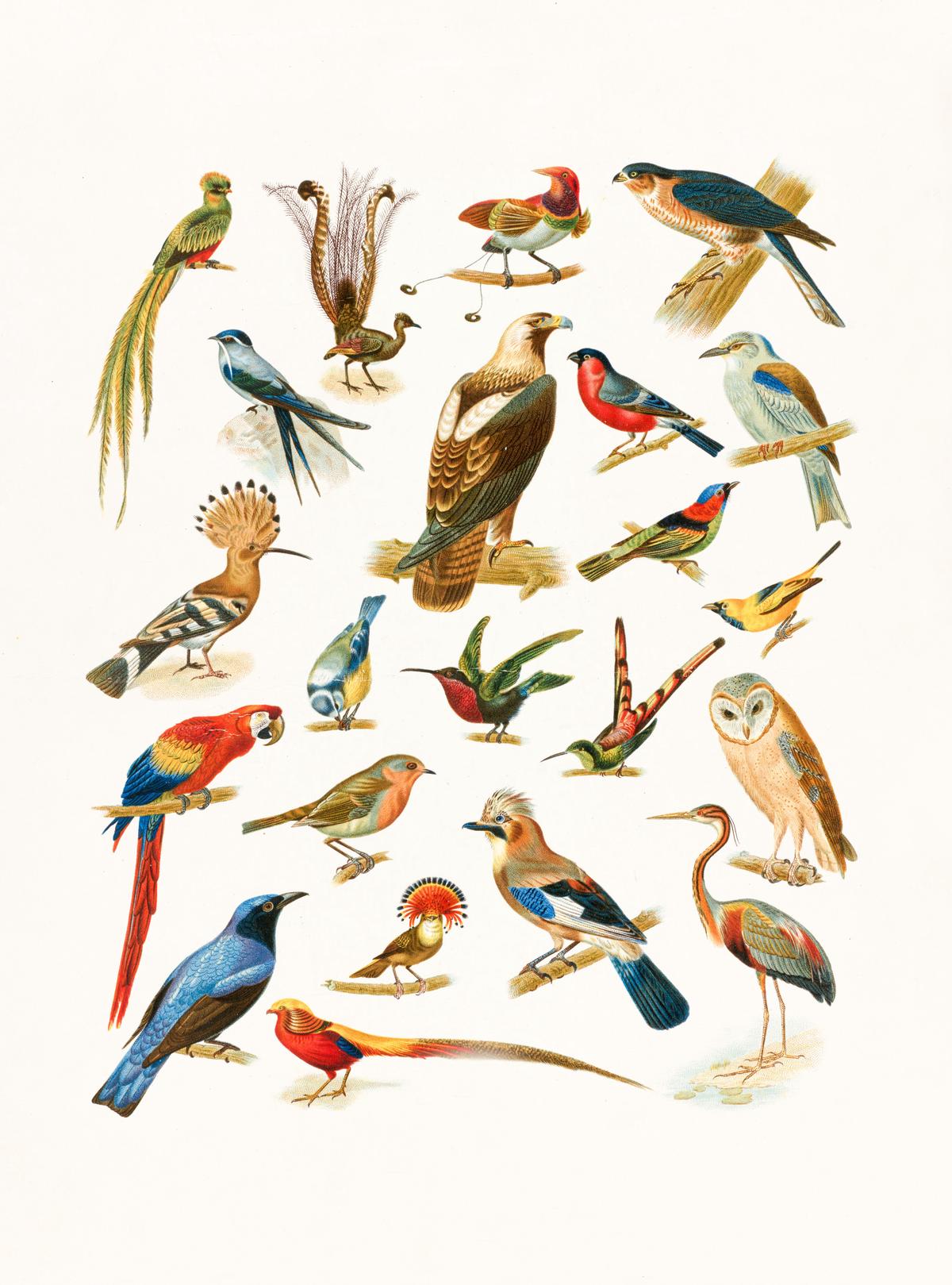
Photo by bostonpubliclibrary on Unsplash
Pop Art’s Legacy & Influence on Contemporary Art
Part Two: The Influence of Pop Art on Modern Creatives
Delving into the realm of the new millennium, it is apparent that the influence of pop art reverberates in the creations of many contemporary artists. This can primarily be attributed to pop art’s avant-garde nature, which has invigorated a transformative evolution in perceptual standards, resulting in a vibrant fusion of the traditional with the unconventional. Today, there is an evident shift in artistic patterns, resonating with the fundamentals of pop art, with creators challenging traditional boundaries to forge their own artistic identities.
One significant way in which pop art has shaped modern creativity is through its bold appropriation of popular imagery. This artistic manoeuvre has allowed modern artists to highlight their personal commentary on societal trends and conventions: a direct echo of Richard Hamilton and his groundbreaking recontextualisation of household items in his collage works. This has also led to the wide adoption of digital manipulation techniques in contemporary art, facilitating the creation of innovative designs that reflect the digitised reality of modern life.
A conspicuous feature of many modern artworks is the audacious use of colour and abstract figures that hark back to the pop art aesthetic. This is particularly evident in the works of artists such as Banksy and Shepard Fairey, whose striking artistic style is a potent testament to the enduring influence of the vibrant colour palette and daring figuration synonymous with the pop art movement.
Pop art’s introduction and championing of modern materials and methods have also left an indelible mark on the modern art landscape. From David Hockney’s creative utilisation of the iPad as a canvas to the proliferation of digital art and graphic design, many of the key technological advancements in art are a by-product of the audacious experimentation that pop art espoused.
The element of humour, parody, and irony is another significant facet of pop art that continues to shape contemporary works. This aspect of pop art has allowed artists to engage their audience with entertaining yet thought-provoking visual narratives. The premise is to draw attention to the triviality of consumer culture, reminding us that art can indeed be a powerful tool that critiques society’s whims and vices in the most amusing manner.
Additionally, pop art’s celebration of quotidian objects as worthy subject matter has inspired present-day creatives in an era of Instagrammable ‘food art’ and urban street art. Ordinary images, previously overlooked, now hold centre-stage in exhibitions, whilst commonplace themes and subjects are glorified, granting them an uncanny status of ‘celebrity’.
Thus, the reach of pop art extends far beyond its nascent period. The modern creative radar is imbued with pop art’s legacy, fortifying its eternal appeal. By challenging the status quo and thwarting conventional aesthetic norms, pop art has undoubtedly broadened the horizons of artistic expression, opening a Pandora’s box of new possibilities and inspiring a generation of artists to explore the uncharted and experiment without restraint.
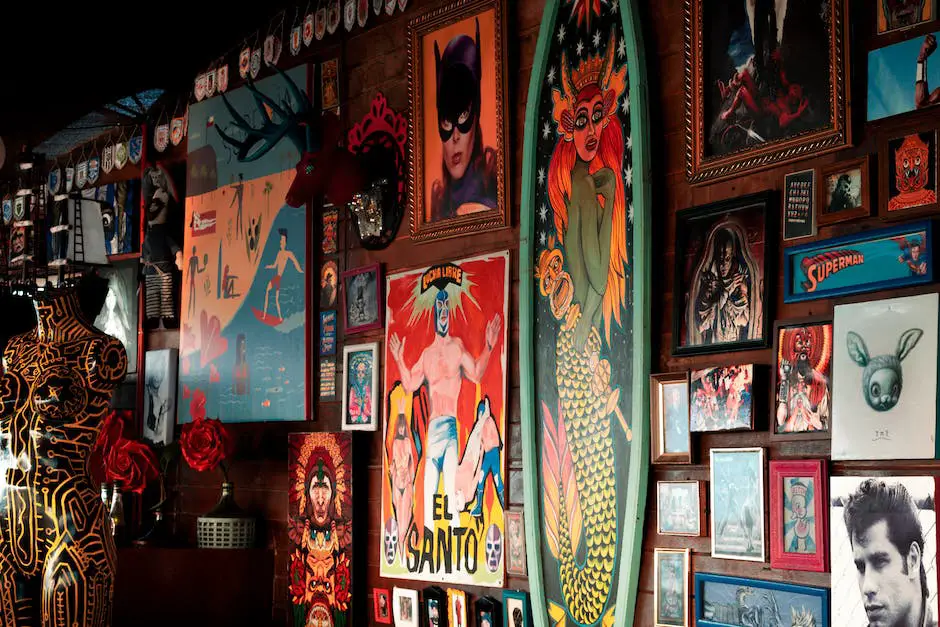
An exploration of Pop Art’s lasting legacy and influence on modern art forms throws into sharp relief its contributions to a multitude of sectors, including fashion, music, and digital art. Not merely content in breaking free from art’s self-imposed sanctity, Pop Art has in fact played a pivotal role in the ‘desanctification’ of art itself. The employ of everyday and commercial imagery serves to underscore its cultural importance and the democratisation of artistry. A continued exploration of how Pop Art has acted as a beacon of inspiration for current and future artists underlines its impactful role in the art community. This essay, in shedding light on Pop Art’s roots, development, techniques, and its resultant influence, thus bears testament to its undying relevance and potency in the evolution of art.
Recommend0 recommendationsPublished in Art History
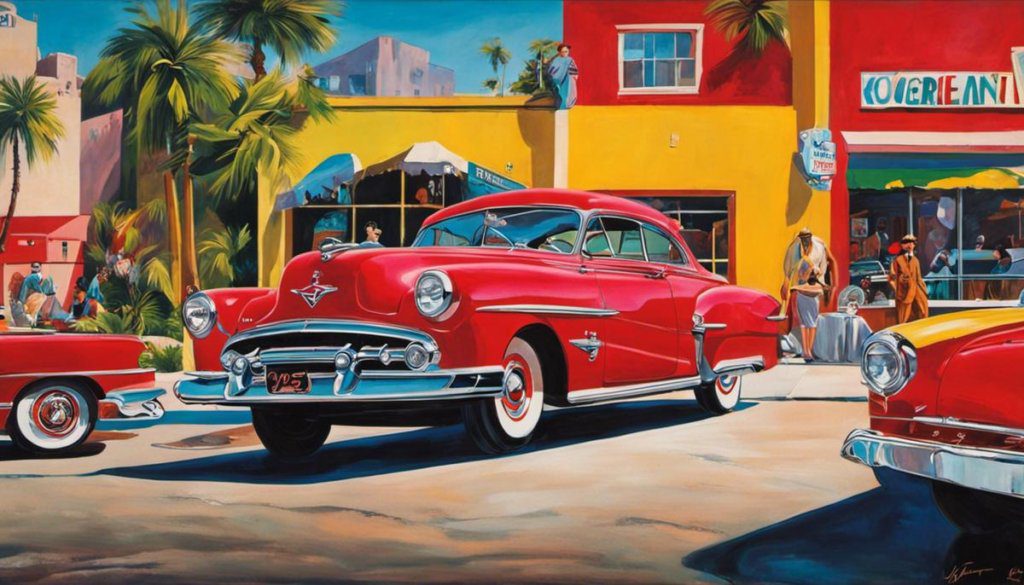

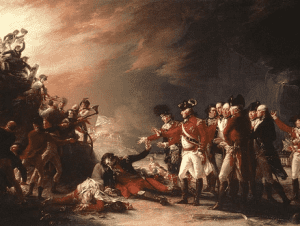

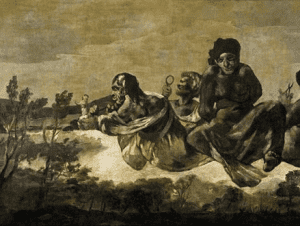
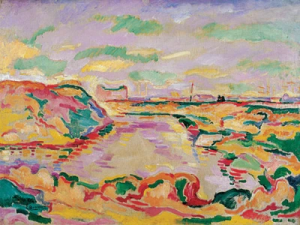
Responses